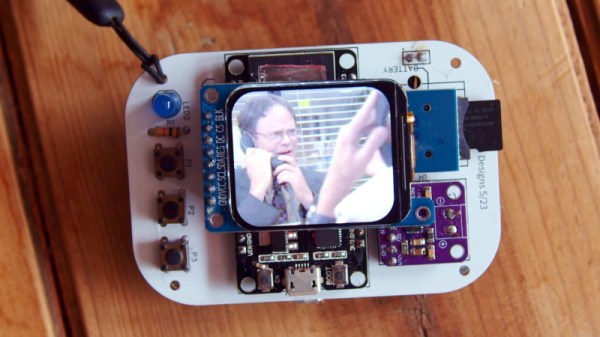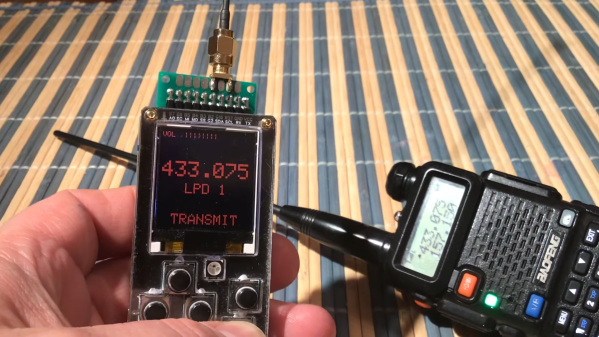Custom mechanical keyboards are a great way to show off your passion and skill for electronics and design. They’re also perfect when you need to optimize your setup for a certain game or piece of software. [Pakequis] did just that with his Bad Thing of the Edge mechanical keyboard build.
[Pakequis] occasionally plays Diablo 3 on a tiny 7-inch laptop, which as you might expect, doesn’t have a keyboard conducive to gaming. Thus, he designed a mechanical keyboard with a series of important actions mapped to keys for the left hand. Naturally, that was an opportunity to have fun with the keycaps, which all feature graphics for their relevant in-game functions. The prototype was built with surplus keys from an old PTZ camera controller, but the final version runs Cherry MX switches. There are also a set of RGB LEDs with a variety of fun effects. The whole thing is run by a Raspberry Pi Pico, which is perfectly suited for building custom USB HID devices.
Hackers build custom keyboards for all kinds of reasons, like ergonomics, style, or just sheer absurdist fun.
Continue reading “Custom Keyboard Built For Diablo 3 Action”

















